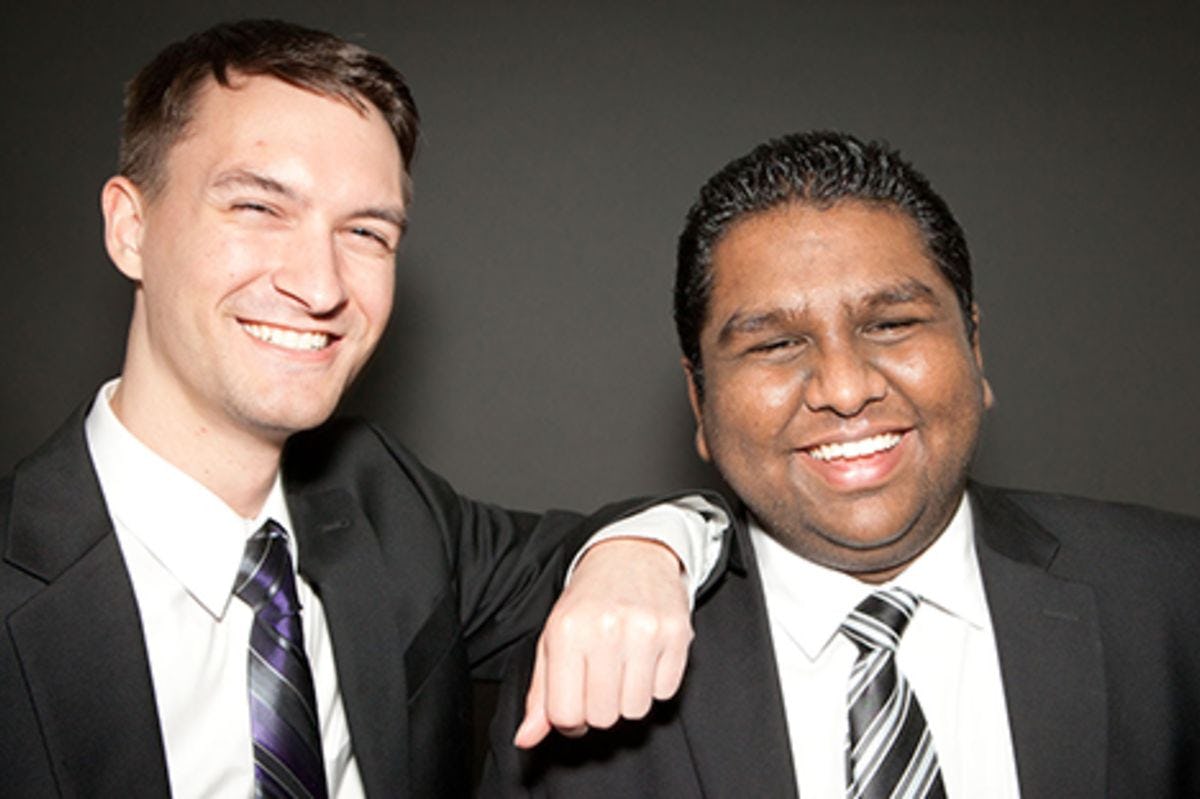Quant Savant: Recent Graduate Says Stevens Helped Him Land Top Job
Wixom ’17 Says Tech Emphasis, Access to Wall Street Make Business Programs Unique
Almost every business student at Stevens Institute of Technology completes an internship before graduating.
Dakota Wixom completed one before enrolling.
As a high school student living outside Portland, Ore., Wixom took an internship doing grounding grid analysis on power substations, part of an effort to make such stations safer during failures caused by events such as lightning strikes. His father was an electrical engineer, and Wixom thought the experience might prepare him for a career in engineering.
But it wasn’t to be. “I thought I was going to have a blast, learning all this new technology, but it was a very different industry than I expected,” he said.
The stakes were especially high for Wixom, who said Stevens — well established as a leading engineering school — was his first choice of university. “So when I came here, I was kind of searching for a new direction.”
He found it in the Quantitative Finance program at Stevens, which wasn’t on his radar until taking an introductory course with Professor George Calhoun early in his academic career, when he was planning to study computer science.
To call his turn to Quantitative Finance fortunate is putting it mildly: After weighing multiple offers from a variety of industries, Wixom accepted a job with a high-tech startup hungry for his quantitative and analytical skills. Those are talents he honed in his four years at the School of Business.
In addition to earning a bachelor’s in Quantitative Finance and a master’s in Financial Analytics with a 4.0 GPA, he’s also completed two internships in asset management and investment banking, done doctoral-level math, and co-written two research papers he hopes to publish. He also helped launch the successful Student Managed Investment Fund (SMIF) at the School of Business and started his own business, QuantCourse.com.
Technology ‘drives Stevens forward’
Wixom credits a lot of his academic success to Dr. Calhoun — director of the Quantitative Finance program and the Hanlon Financial Systems Center — and said his path would have been very different at another school, Wixom said.
“Technology is what drives Stevens programs forward,” he said. “There’s all sorts of traditional finance programs out there, but there are very few that integrate technology so closely. Stevens is at the forefront.”
In fact, his skills in programming and computer science — part of the multidisciplinary Quantitative Finance program — got him an internship at Charles Schwab in quantitative investment risk that’s normally reserved for master’s students in financial engineering programs.
At Stevens, he said, “you’ve got access to all the statistical techniques, you know the math, you understand the economic principles and financials of individual companies, and you’ve got programming techniques. And there’s such a huge need in this industry for people who can combine these skills in ways that push the business forward.”
Wixom cultivated some of those applied skills with SMIF, where he started as a risk analyst shortly after the founding of the fund before becoming head of risk and asset allocation. During his tenure at SMIF, Wixom built a new quantitative risk screening and asset-allocation procedure. After completing the course, he stayed on as a senior advisor, where he helped build out new portfolio management technologies for the fund.
“We wanted to become a more quantitative fund, and develop a smart methodology for investments,” he said. “And it’s the exact same thing that all these funds are doing right now — they’re hiring quants to build these same capabilities — so it was a very realistic thing, it was real money and we were really were building these systems, and they really are the same systems used on Wall Street.”
A standout student fund
The SMIF team not only build out the fund’s strategy and capabilities, it presented its work to managers at Goldman Sachs and other Wall Street firms, said Dr. Calhoun.
“I really came to lean on Dakota a lot to do the presentations for those companies. They were sending true financial industry experts — we had UBS in here a couple of months ago, and the presentation absolutely floored them,” Dr. Calhoun said. “The UBS folks told me they had no idea undergraduates were capable of this kind of work. That’s especially true of Dakota — it’s not just that he’s a smart quant who knows how to write C++, he can project himself to an audience, he’s persuasive, he’s a critical thinker — all the skills companies want.”
His role in helping build the SMIF from the ground up was nothing new for Wixom. He started a business in high school — contracting for Microsoft Studios as it rolled out commercials advertising its Office suite moving to the iPhone platform — and the entrepreneurial bug stayed with him. After graduation, he began working as a quantitative analyst in the New York office of Yewno, a California-based startup that’s building out a new finance arm focused on the construction of new groundbreaking financial indexes. He's since moved on to Perl Street, where he's a data scientist and chief technology officer; his work involves helping tech startups to access capital markets and create bankable projects that improve cities.
In a fast-moving business environment constantly pushed in new directions by the tech-driven startups he interacts with, Wixom said the analytical and business skills emphasized at Stevens represent a potent combination in the job market.
“Everyone coming out of the business school knows how to apply theory and business concepts, and combine them with their technology skills,” he said. “In a world that’s evolving so quickly, that’s become the primary skill that a lot of companies are looking for.”


